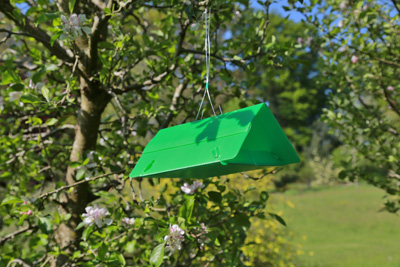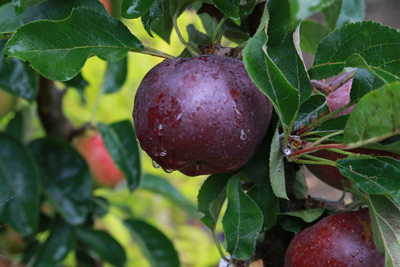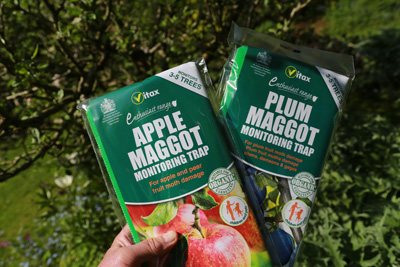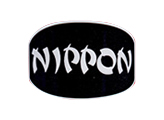How to control apple and plum maggots
 How to control apple and plum maggots
How to control apple and plum maggots
There is nothing more frustrating than having a decent crop of apples or plums only to find those perfect fruits have been ruined by maggots. But where did they come from? No pests have been evident until you went to pick the fruit.
The secret is early detection and treatment, before the fruit is damaged. You can achieve this by using monitoring traps long before the fruit is fully developed.
The pest
The main culprit causing the damage is the codling moth in the case of apples, and the plum fruit moth on plums and cages. The female moths lay their eggs on the leaves and the young fruits. The eggs then hatch releasing the tiny larvae which bore into the embryo fruits. At this stage the damage is difficult to detect.
The larvae grow and feed inside the developing fruits during early summer. You find the problem when you cut into, or worse still bite into the fruit at time of harvest. Bad infestations cause premature fruit drop.
The secret of control is early detection. The male moths fly looking for mates from mid-may until the end of July.
 Control
Control
Using a Vitax monitoring trap you can easily detect the presence of the male moths. The traps use a pheromone which resembles the one secreted by the female moths in order to attract males to mate. The male moths are trapped on the sticky surface enabling you to detect their presence and the scale of the problem. Obviously as they trap the males they effect some control. However they are usually used in conjunction with an insecticide which is sprayed on once the problem is detected.
The traps are simple to use. You place a sticky insert inside the trap, position a monitoring lure, containing the attractant pheromone, in the middle of it and leave it, remembering to check regularly for trapped male moths.
Positioning
Just hang one in a tree at around head height, so that it is clear of any flowers or foliage. Position on the windward side of the tree.
You do not need a trap in every tree. One trap to around five trees is sufficient, as long as they are in reasonably close proximity.
 The solution
The solution
Check regularly. If there are only one or two moths by the end of July it is not worth taking further action. If you trap twelve or more in a week, spray with Vitax Organic 2 in 1 Plant Invigorator. This removes any eggs that have been laid and any debris which could harbour further deposits.
Vitax Apple Maggot Monitoring Traps and Plum Maggot Monitoring Traps are harmless to beneficial insects because they only attract the male moths. The hanging tunnel construction keeps other insects away from the sticky surface. They are perfect for those that garden organically.
Monitoring lures and sticky traps last for about five weeks before replacement is necessary.
 Tip:
Tip:
If you intend to use Vitax Apple or Plum Maggot monitoring traps on a regular basis it is worth considering this at time of pruning. Maintaining an open structure to a fruit tree makes it easier to hang the trap clear of flowers and foliage. Plums are pruned in summer, usually straight after fruiting. Apples in winter.
If growing compact trees or cordons you may need to suspend a trap from a separate support in a sheltered position alongside the plants, rather than hanging it amongst the branches.
Remember to sprat fruit trees in winter with Vitax Winter Wash to remove overwintering aphids and other pests.
Andy McIndoe
Find a stockist near you
To check if the product you require is in stock, please contact the retailer prior to visiting.
Your login details have been used by another user or machine. Login details can only be used once at any one time so you have therefore automatically been logged out. Please contact your sites administrator if you believe this other user or machine has unauthorised access.












